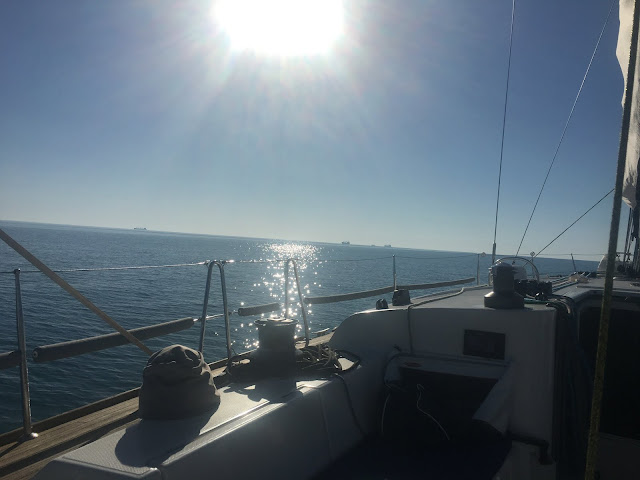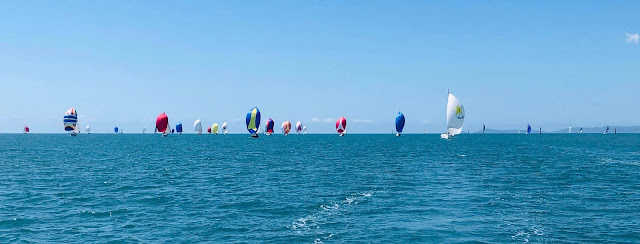Pecha Kucha Night - 51° 05' 23" N 115° 21' 46"

Storytelling is an artform I've always wished I was better at. We have just returned from Pecha Kucha Night at Artspace and I have been dazzled by the stories I've just heard. Pecha Kucha is a form of storytelling where you have twenty photos (or slides) that you use as visual aids. Each slide is presented for twenty seconds, one after the other, and you have to speak to the group as they appear. You can't pause the forward march of the pictures, nor can you jump ahead to the next one if you can't speak to one for the full twenty seconds. At a Pecha Kucha event, there are usually six to eight presenters and they have all been given a theme to present on. Tonight's theme was "What If ...". One of the tales was from a woman in her mid-twenties who had been abruptly dumped out of a relationship in which her partner had convinced her to move to Canmore with him, even though she knew no one in the town or what she was going to do for employment....






